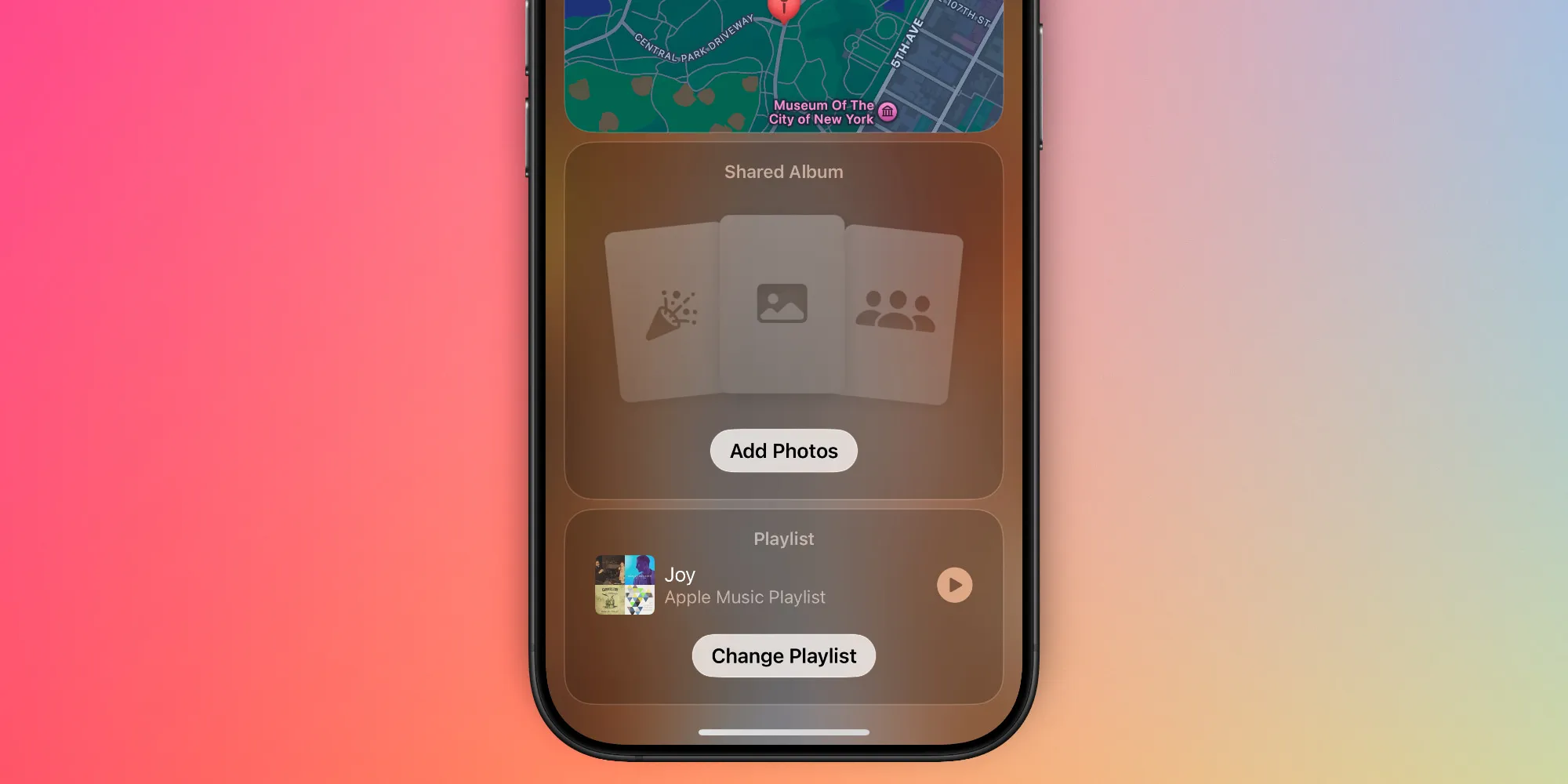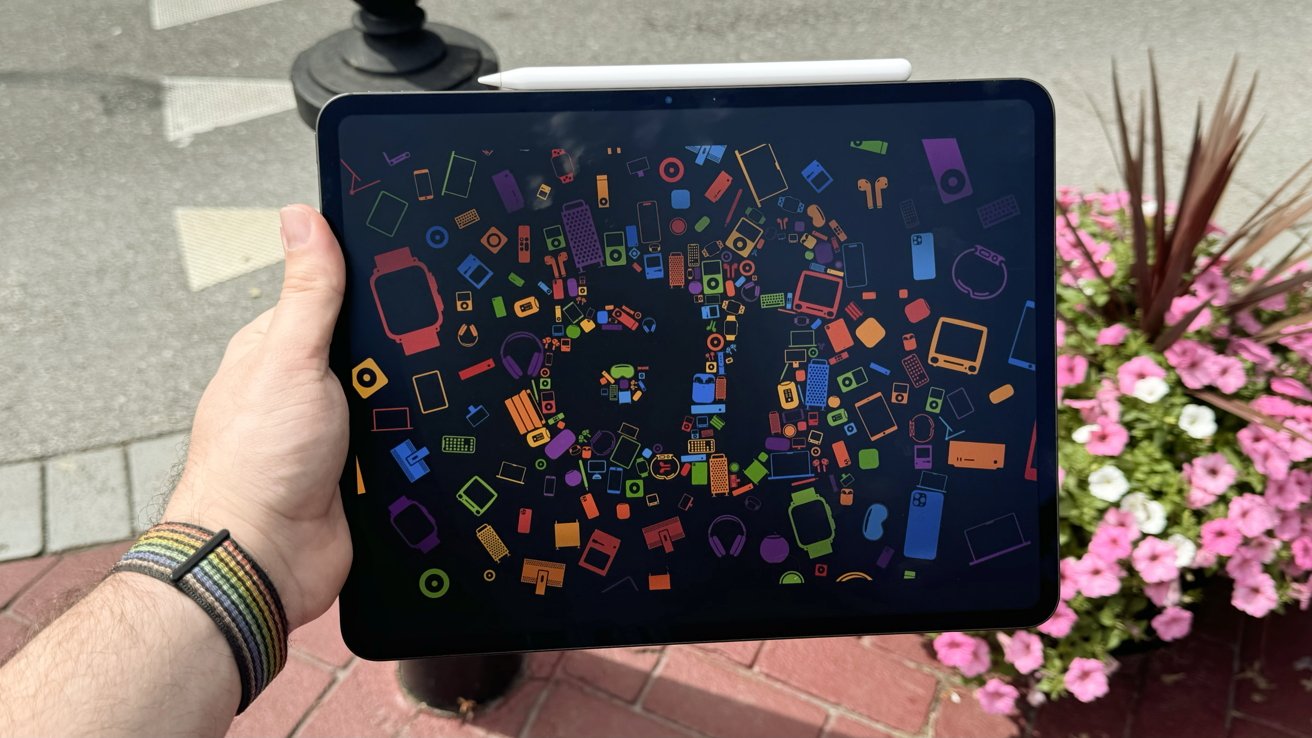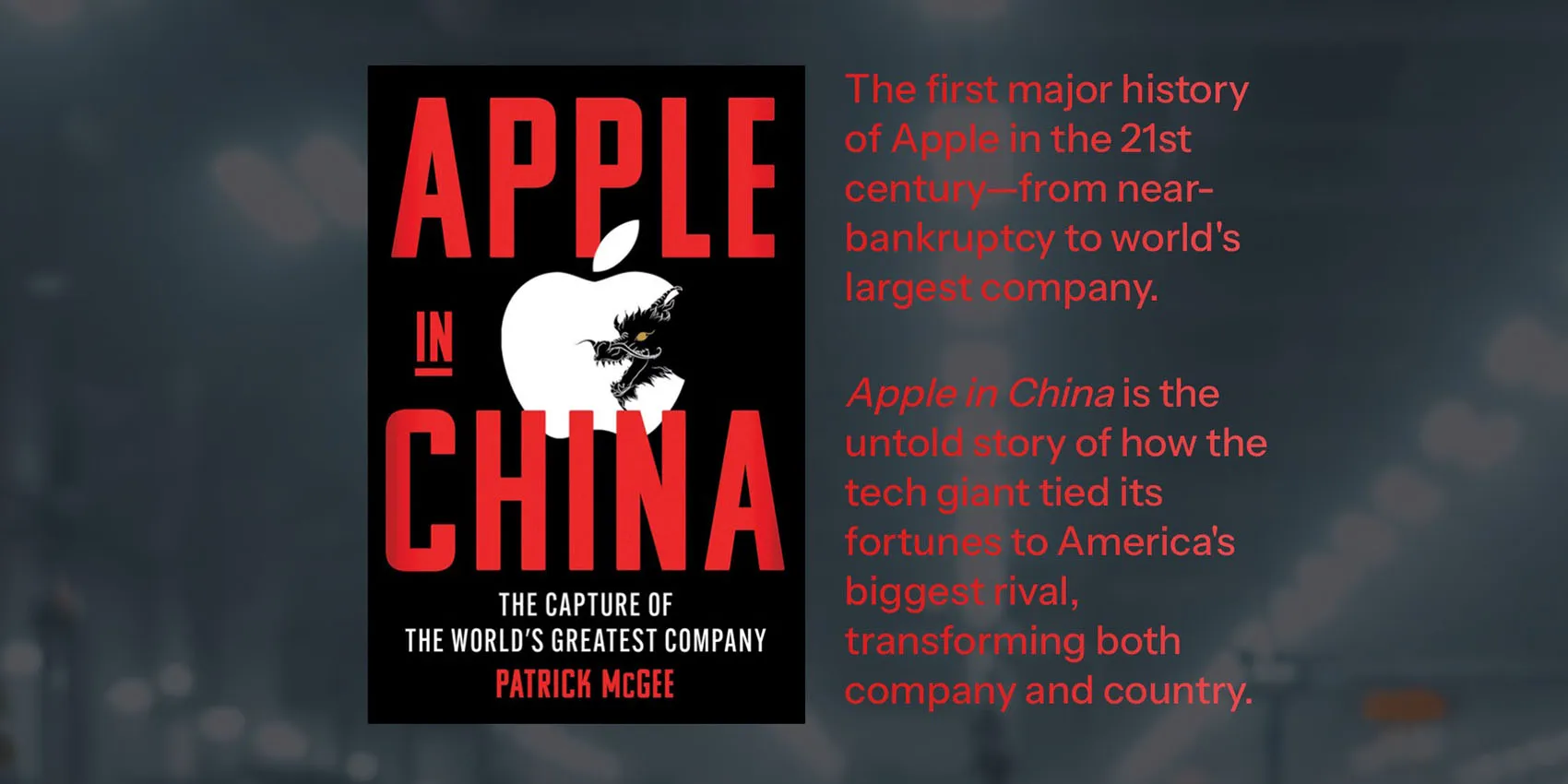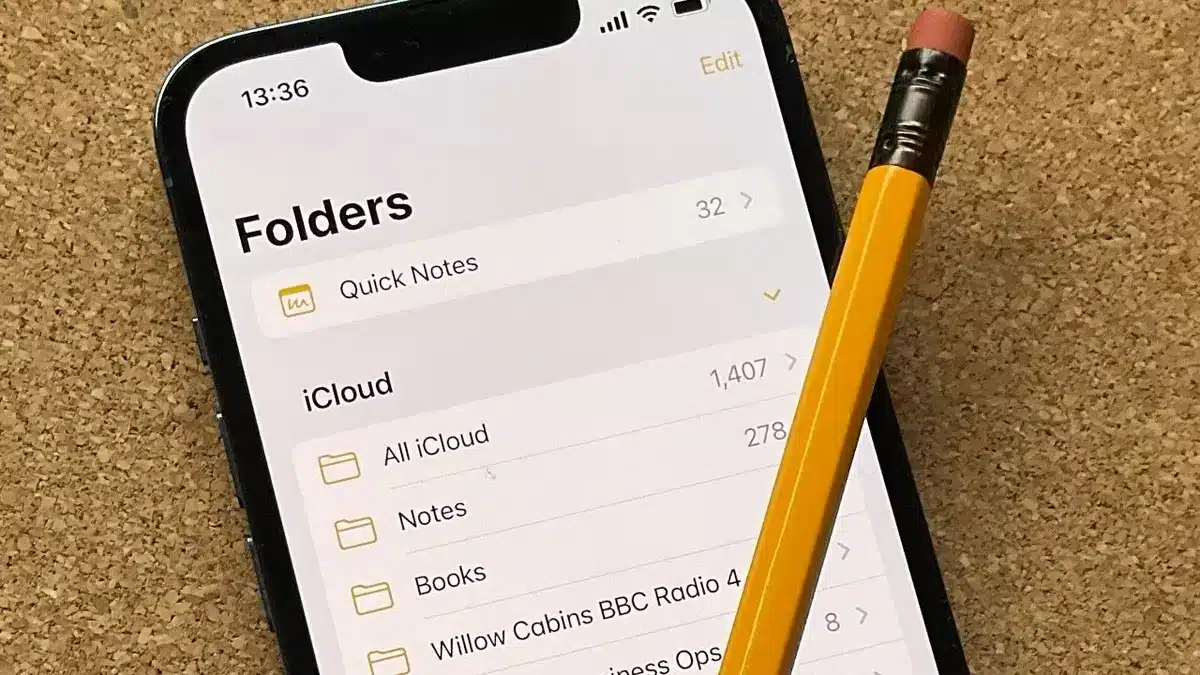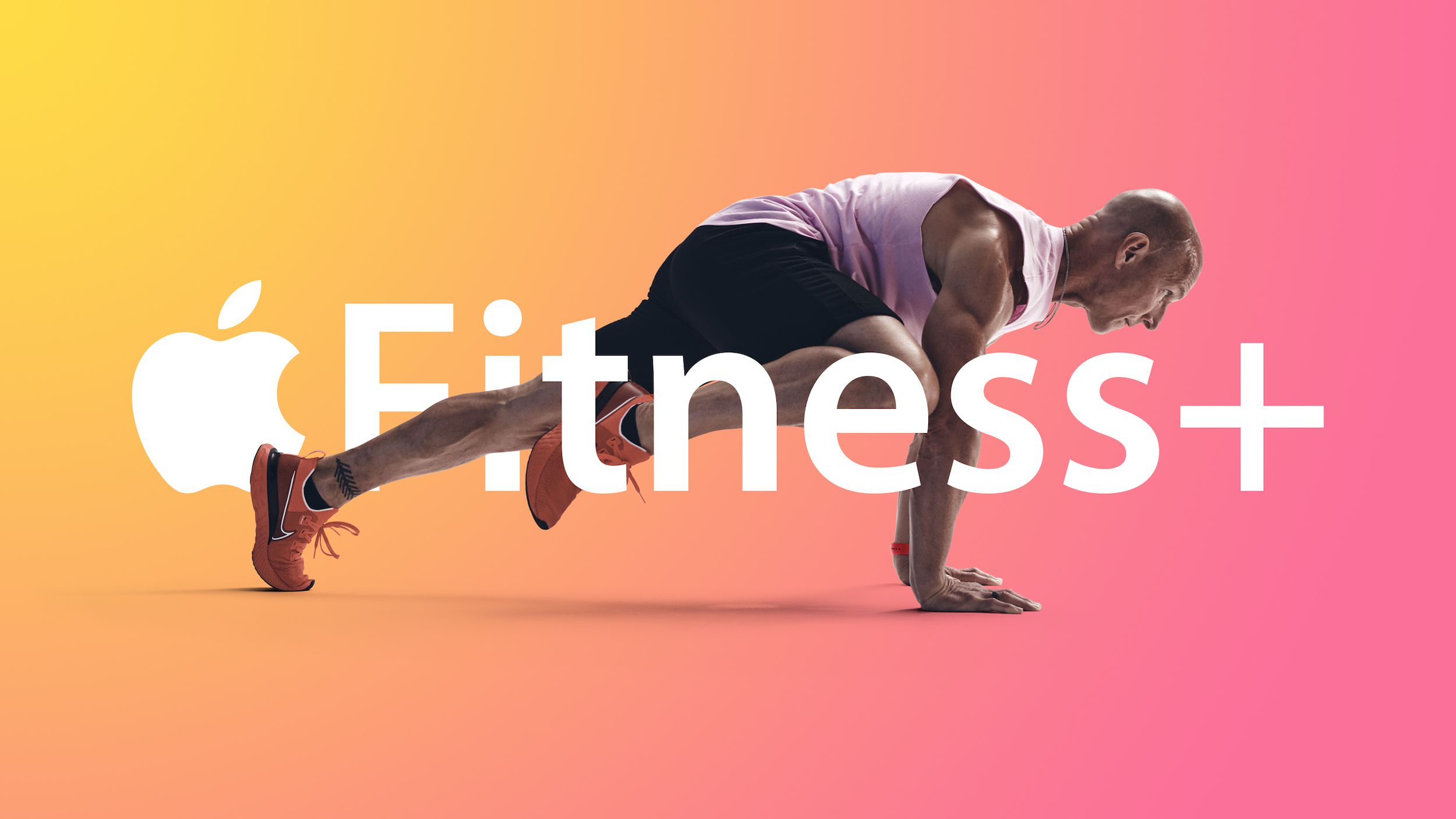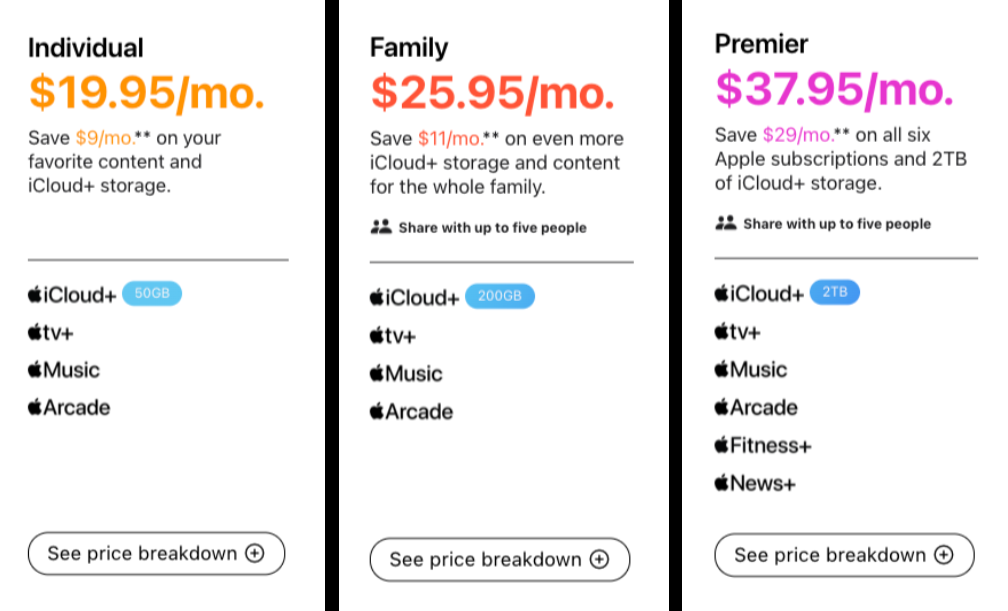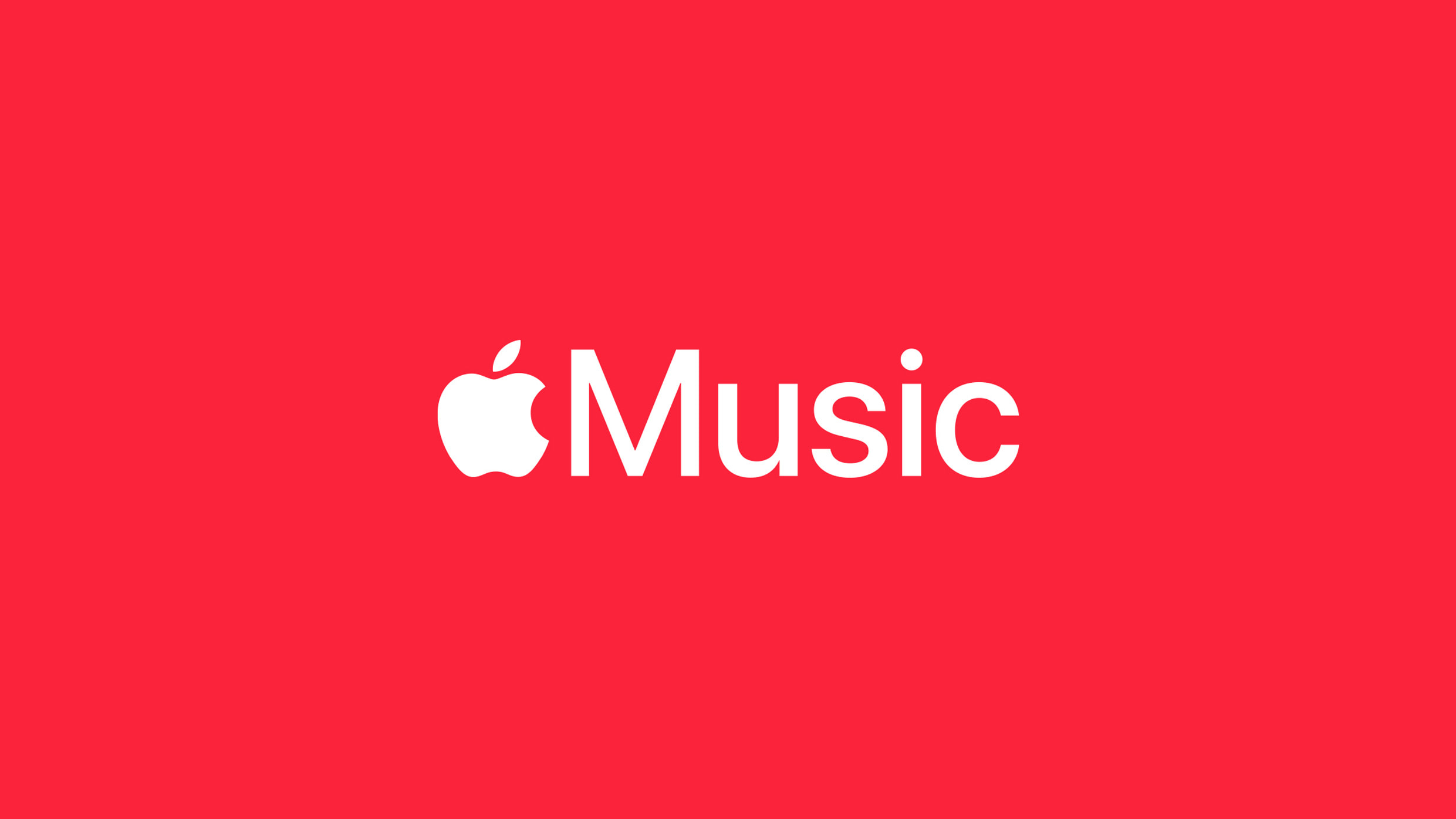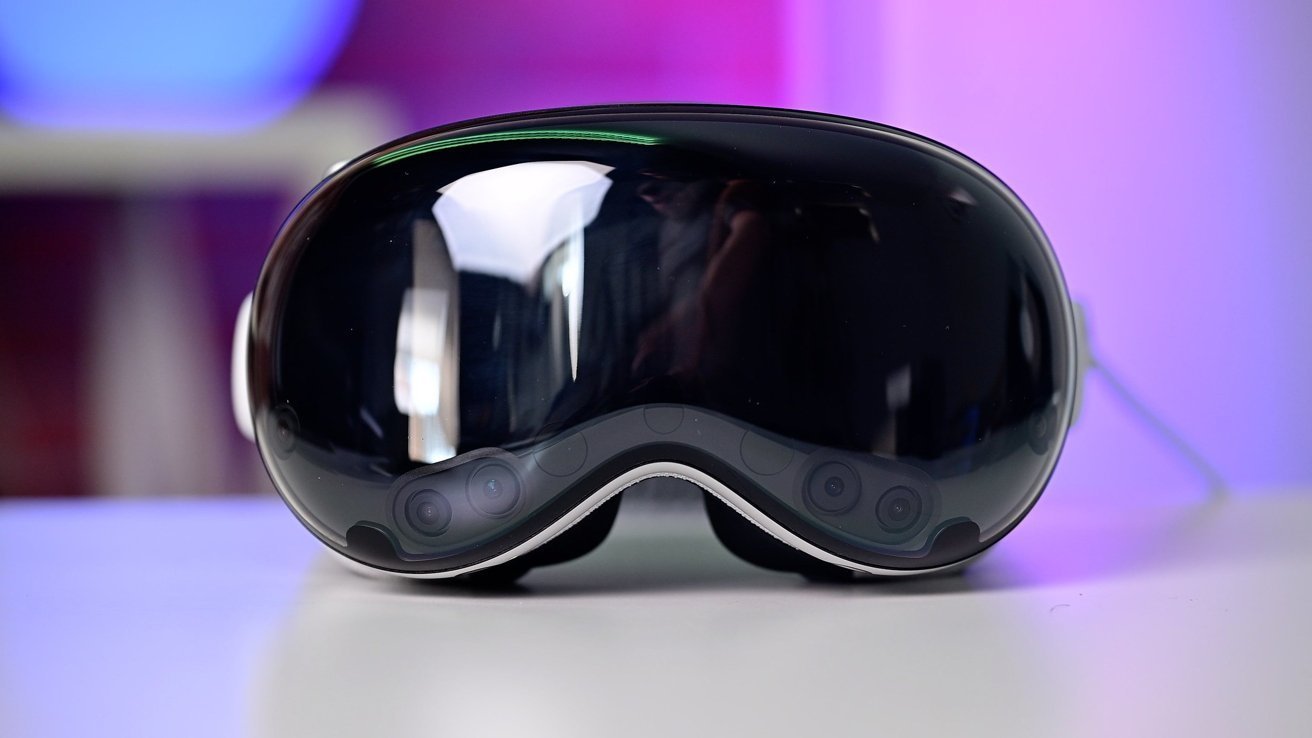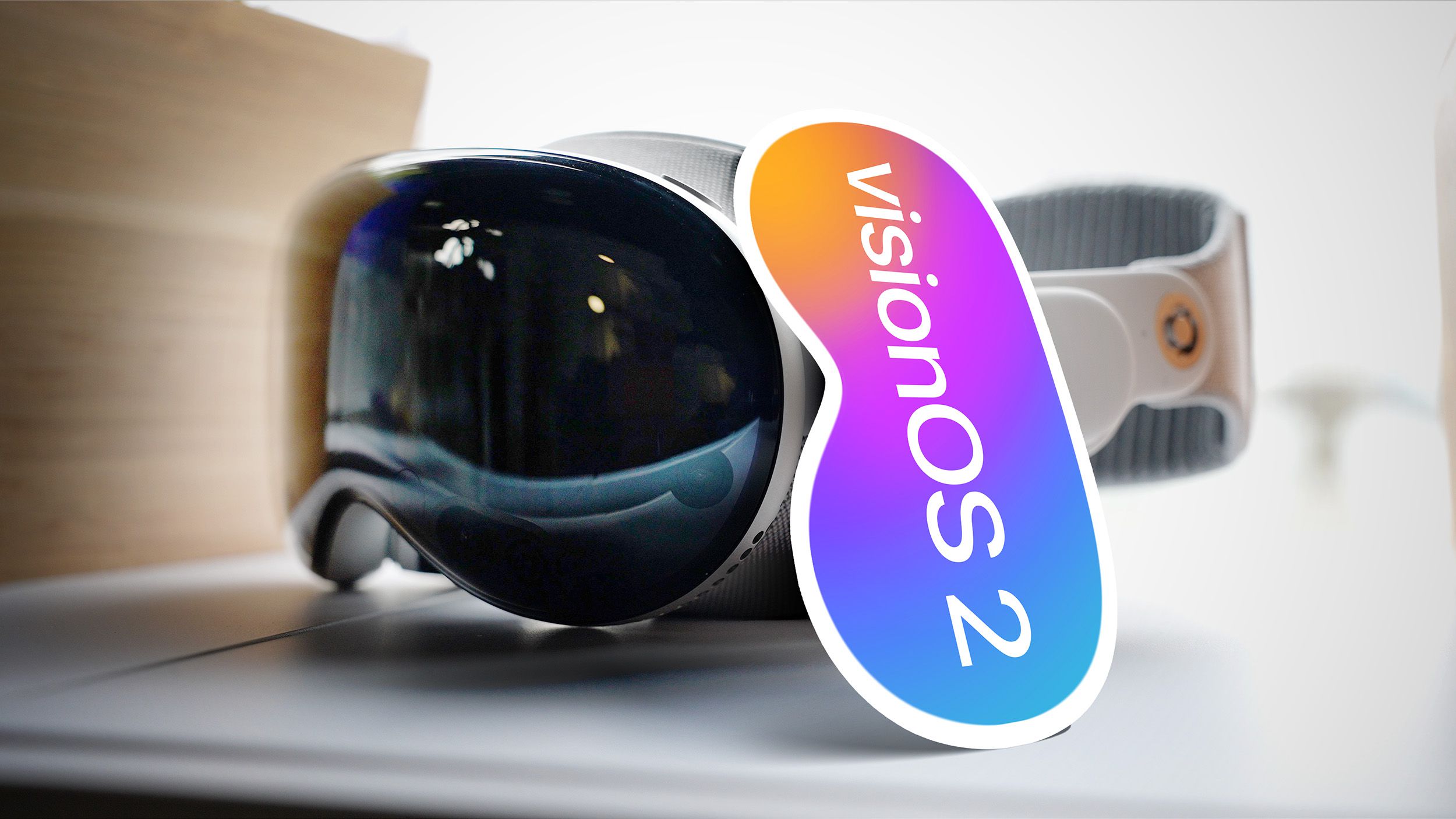The team behind the popular event planning app, Partiful, has accused Apple of copying their idea with the launch of a new app called Invites.
Partiful took to social media to point out that Apple might have broken its own rules by launching Invites. They posted a screenshot of App Store rule 4.1, which tells developers to come up with original ideas instead of copying what’s already out there. The rule warns that copying can lead to problems with intellectual property and makes it harder for users to find new apps.
Partiful allows users to make and send personalized event invites easily. It has features close to what Apple’s Invites offers, but it also has some unique touches. For example, Partiful lets you invite people without needing their email addresses, and you can create invitations either through the app or online.
On the other hand, Apple’s Invites requires an email for RSVPs and is only available if you have an iCloud+ subscription, which isn’t free. This is different from Partiful, where everyone can use the service without any additional cost.
This situation brings up the term “sherlocking,” where Apple is known to introduce features in its software that mimic popular third-party apps. The term comes from when Apple added features to its “Sherlock” search tool that were very similar to those in a third-party app named Watson, leading to accusations of copying.
Even though Partiful and Invites share some similarities, event planning apps are common. Apps like Evite, Paperless, Invitation Maker, and Punchbowl have been around for a while. This shows there’s a big market for event planning tools, and it’s not clear if Apple specifically aimed to copy Partiful or was just adding to the variety of options available.
